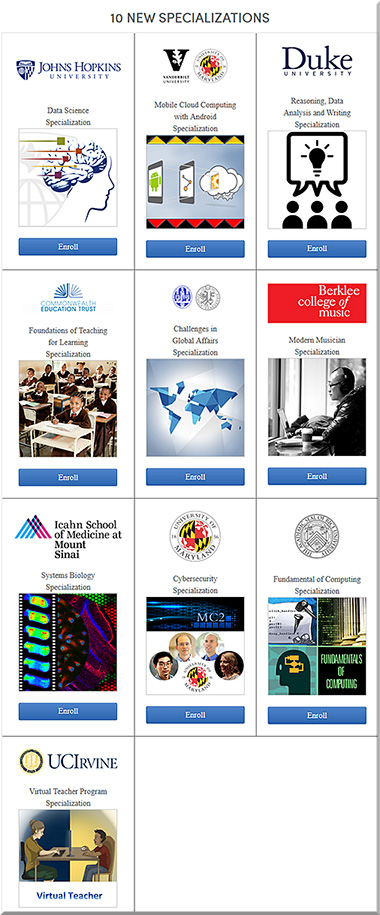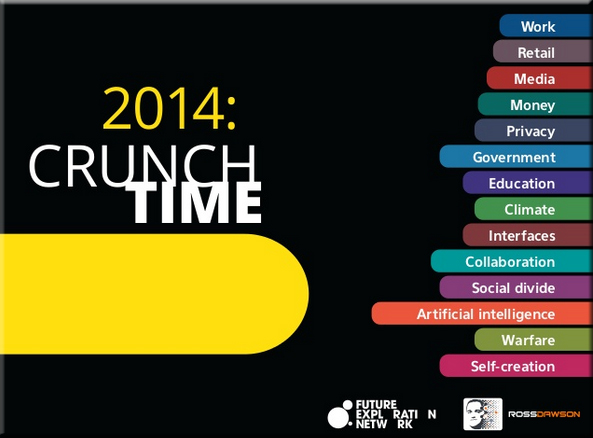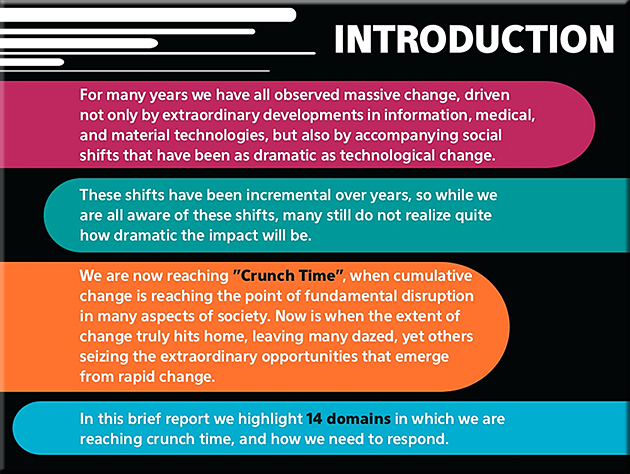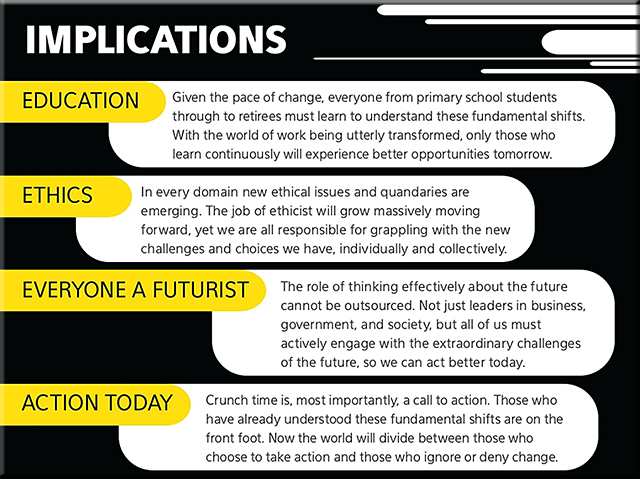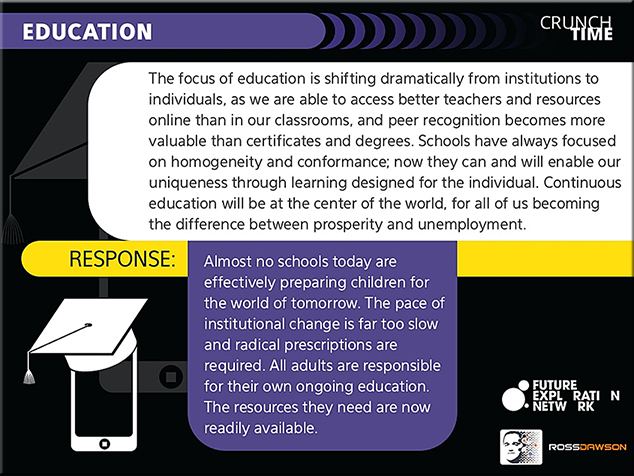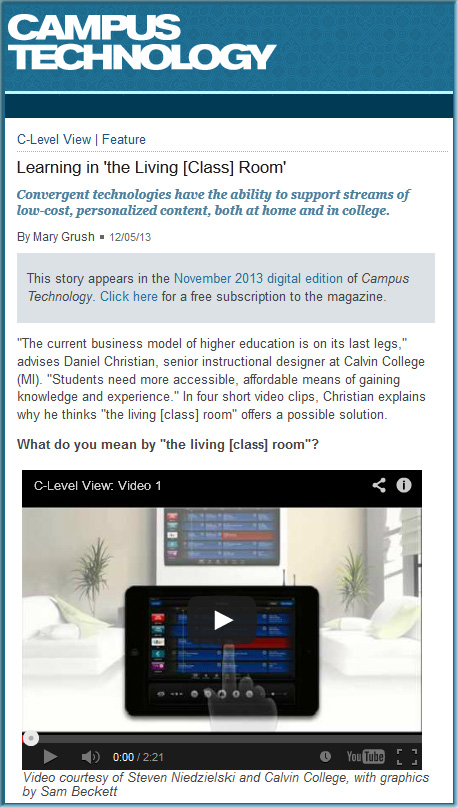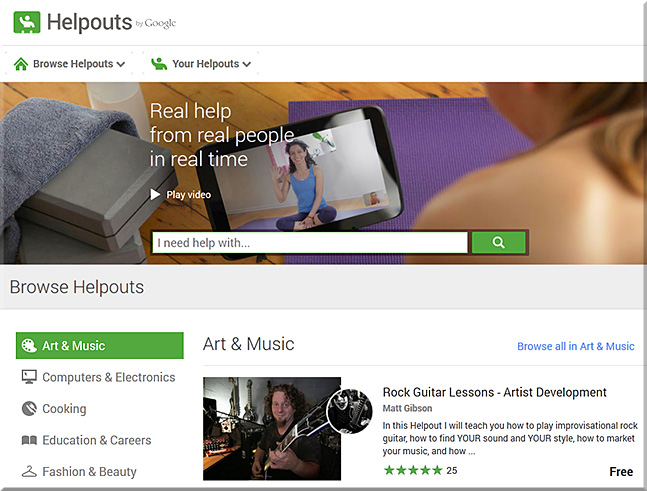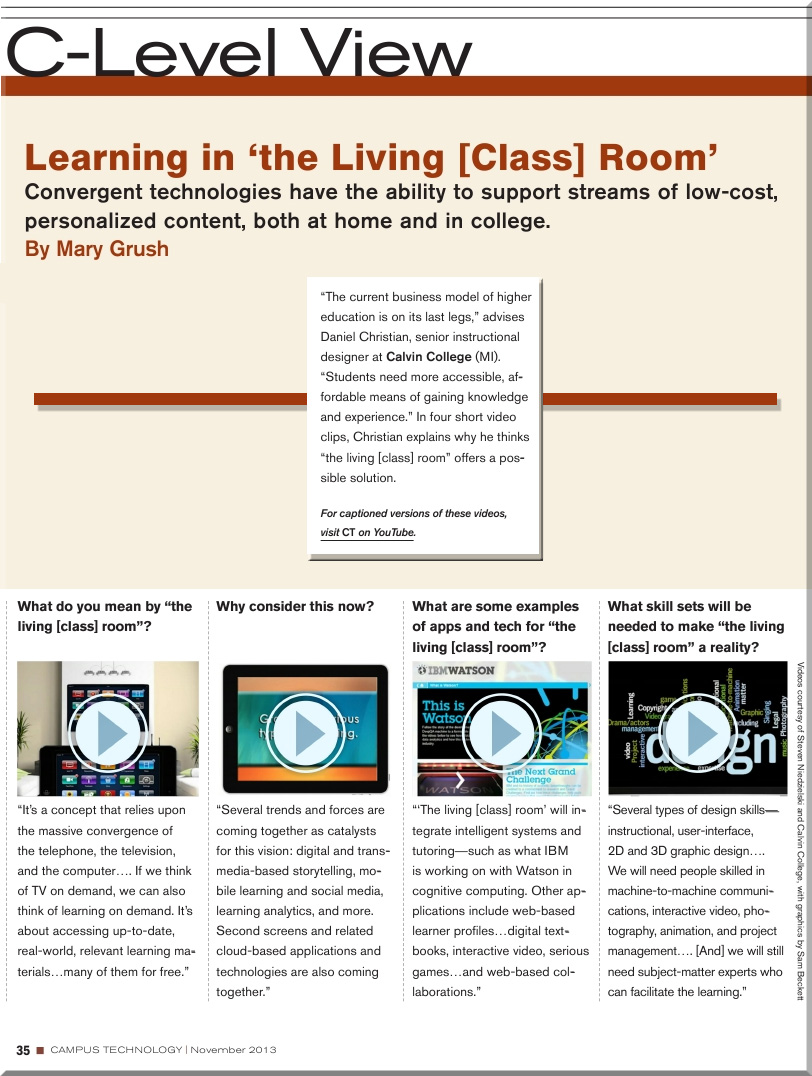Cognitive Computing will drive next era of Disruptive Tech — from intelligenthq.com by Hayden Richards
Excerpt:
Expect the next era of disruptive technology to come from cognitive computing, (CC) as the use of smart machines becomes more of a reality. This revelation comes from the second whitepaper in the Riding the next wave series – Cognitive computing commisioned by BCS, The Chartered Institute for IT. At the moment we can already see this in play in smart factories and other areas of manufacturing. Cognitive systems are poised to become highly controversial in the next 10 years as they begin to take over tasks currently dependent on humans. This is the type of revolution we see hinted at in movies.
IBM courts mobile developers for Watson platform — from zdnet.com by Larry Dignan
Summary: The company launches a developer challenge to prime the app ecosystem pump for its Watson cognitive computing platform.
A Colorado software firm is programming your next professor — from forbes.com by James Marshall Crotty
Excerpts:
While CodeBaby’s avatars are currently used more on the corporate training end of the education spectrum, the demand for virtual teaching assistants is growing.
…
A Vanderbilt University software lab is in the roll-out stages of a learning tool called Betty’s Brain, wherein Betty, an avatar, “learns” about climate change from 5th and 6th grade students, forcing them to engage thoughtfully and creatively with difficult material.
The TeachME (Teaching in Mixed-reality Environments) program, under development at the University of Central Florida’s Synthetic Reality Lab, is already developing avatars to help with teacher training. But, in this case, it’s the students who’ve been digitized.
Excerpt:
Apple has Siri and Google has Google Voice Search/Google Now. Microsoft is the only one out of the big three that has yet to make its own personal assistant/potential love interest. If recent rumors come to fruition, however, Microsoft may have the most easily recognizable assistant of them all.
The Verge reports that the upcoming Windows Phone 8.1 will ship with new software called Cortana – named after Master Chief’s AI assistant from Microsoft’s successful Halo video game franchise. It’s being built as a replacement for the Bing search feature on Windows Phone, but it will also sport the features users have come to expect from personal assistants like Siri and Google Now.









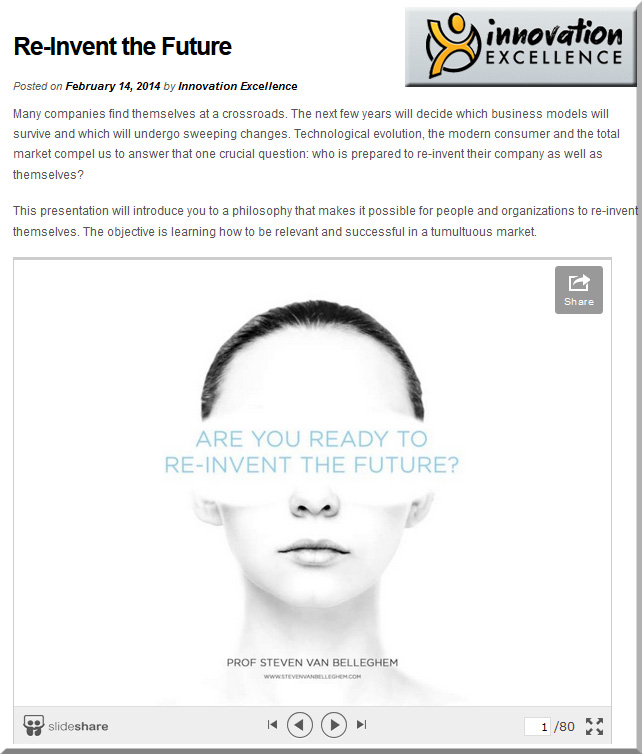
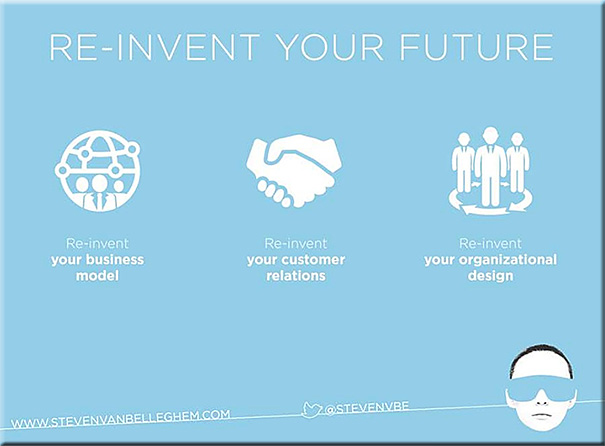
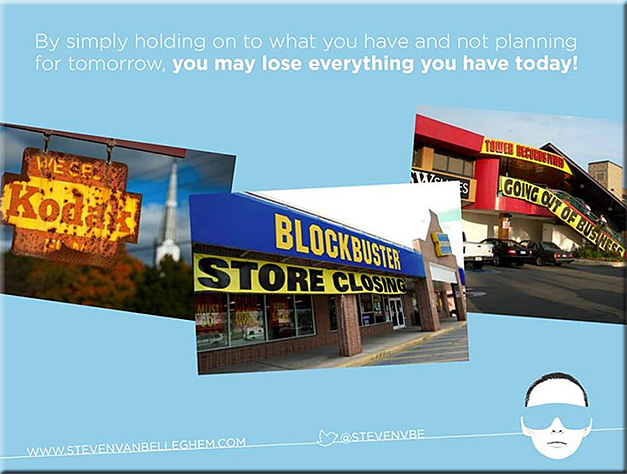
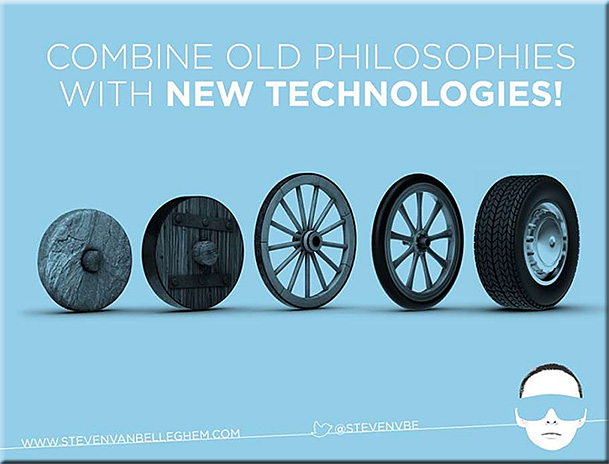
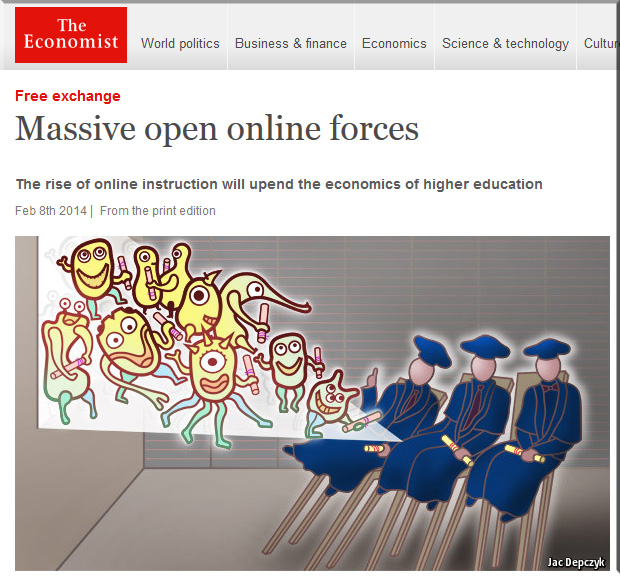

![The Living [Class] Room -- by Daniel Christian -- July 2012 -- a second device used in conjunction with a Smart/Connected TV](http://danielschristian.com/learning-ecosystems/wp-content/uploads/2012/07/The-Living-Class-Room-Daniel-S-Christian-July-2012.jpg)
